
The mere mention of the word “refugee” usually conjures two reactions: heartbreaking images from far-flung camps and numbers that border on the abstract. In June 2013, the UN Refugee Agency estimated that there were 11.1 million refugees around the world; the number of internally displaced persons–those driven from their homes by war, violence and natural and man-made disasters, but who did not leave their countries’ borders–stands at more than twice that number.
For three decades, the world’s largest source of refugees has been Afghanistan. Beginning in 1979, when the Soviet Union invaded the country, millions poured across the Afghan borders with Pakistan and Iran. After the war with the Soviets ended in 1989, many remained as Gulbuddin Hekmatyar, Ahmed Shah Massoud and other warlords clashed for control of the country during the early 1990s. In the latter half of the decade, the Taliban rose from the ashes of the civil war, driving millions more from Afghanistan and keeping those who had already fled far from their homes.
The result is that entire generations of Afghan children have been born and lived their entire lives in Pakistan. After the U.S.-led invasion of Afghanistan in 2001, which drove the Taliban from power, nearly 4 million Afghans returned home, but many remained. Today, there are 1.7 million Afghan refugees in Pakistan who are registered with the UN Refugee Agency, and there are an estimated one million more undocumented refugees living in the country.
Children on both sides of the border suffer because of the violence wrought by grown-ups. During my first trip to Afghanistan, I met hundreds of children in villages across Kandahar Province. On normal days, they walked through garbage-strewn streets, most without shoes, flocking to the American soldiers with shouts of “Kalam, kalam!”–Pashto for “pen”–which was a coveted souvenir. They charmed the soldiers with enormous grins on their adorable, filthy faces. It was impossible not to pick them up, even as troops tried to keep their tiny hands out of their uniforms’ cargo pockets. On good days, they might have scrounged something to help their family get by; on bad days, the fighting moved close to their village or the nearby countryside, another reminder that they lived in the middle of a war zone.
The ongoing violence in Afghanistan has kept many refugees in Pakistan. Associated Press photographer and TIME’s best wire photographer of 2013 Muhammed Muheisen recently shot a series of portraits of Afghan children in a slum on the outskirts of Islamabad. “Their tough life makes them look older and react as elderly people,” Muheisen said, “but their innocence is right there in their eyes.” The boys and girls in Muheisen’s portraits are only a handful of the millions of Afghan refugees living inside Pakistan, a forgotten few in the middle of a largely forgotten mass of people.
“I wanted to [photograph] them to show what I see every time I step in those slums,” Muheisen said. “By portraying each child, instead of being called ‘The Afghan refugee boy and girl,’ they will be called and remembered by their names.”
Muhammed Muheisen is currently based in Islamabad as The Associated Press chief photographer for Pakistan. He joined the AP in 2001, covering the Israeli-Palestinian conflict and major events in the Middle East, Gaza and Israel. In 2003, he started traveling on international assignments and was part of the team awarded the Pulitzer Prize for Breaking News in 2005 for their work in Iraq. He recently attended the prestigious World Press Photo 2012 Joop Swart Masterclass in Amsterdam.
Nate Rawlings is a writer at Time. He served two combat tours in Iraq as a U.S. Army officer and has reported for the magazine from Iraq and Afghanistan.
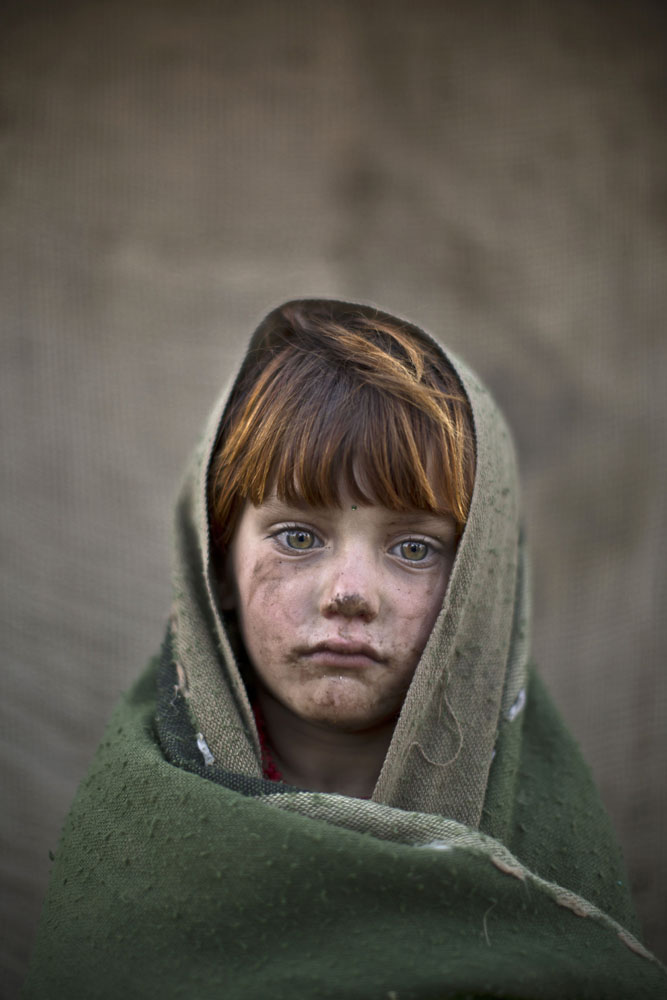
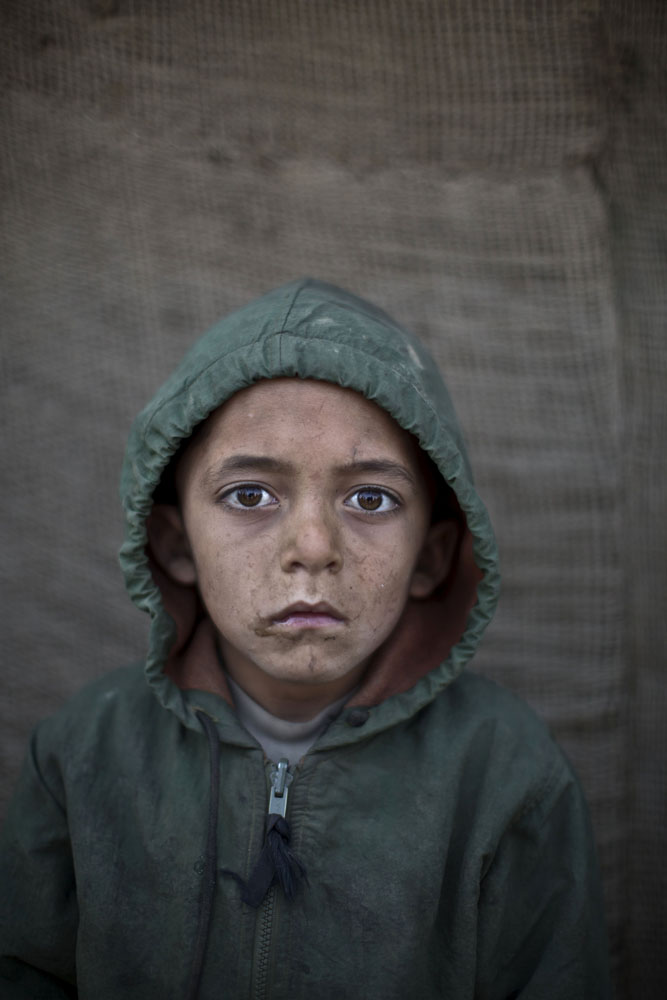

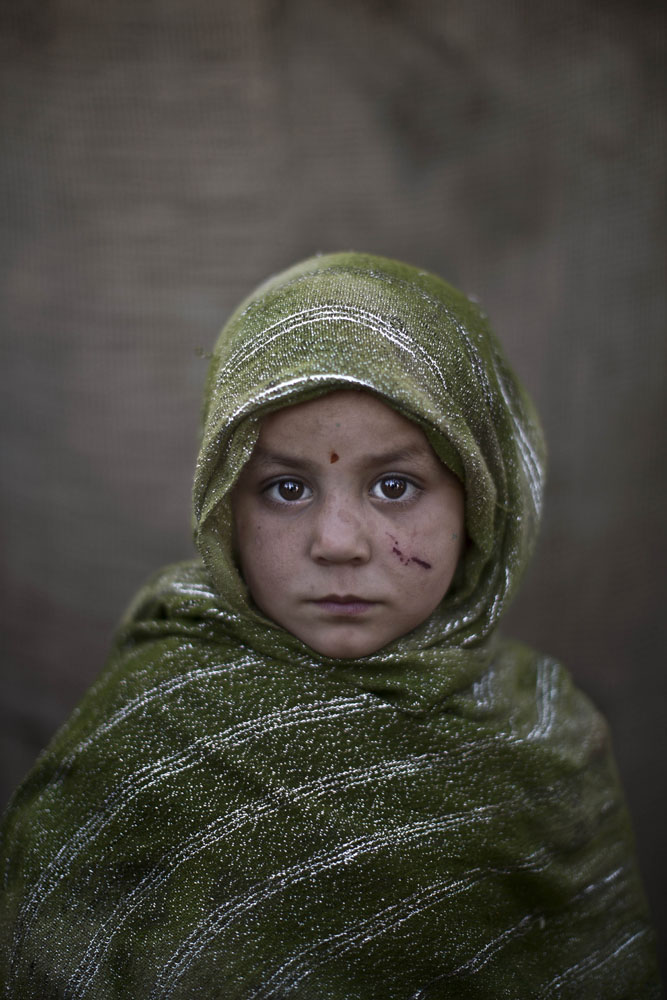
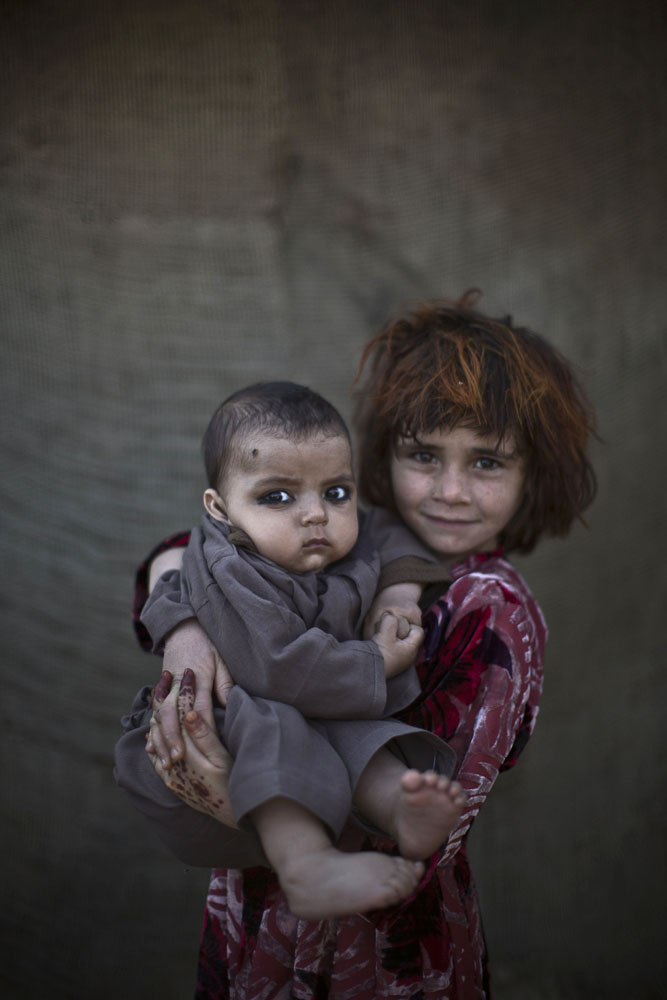
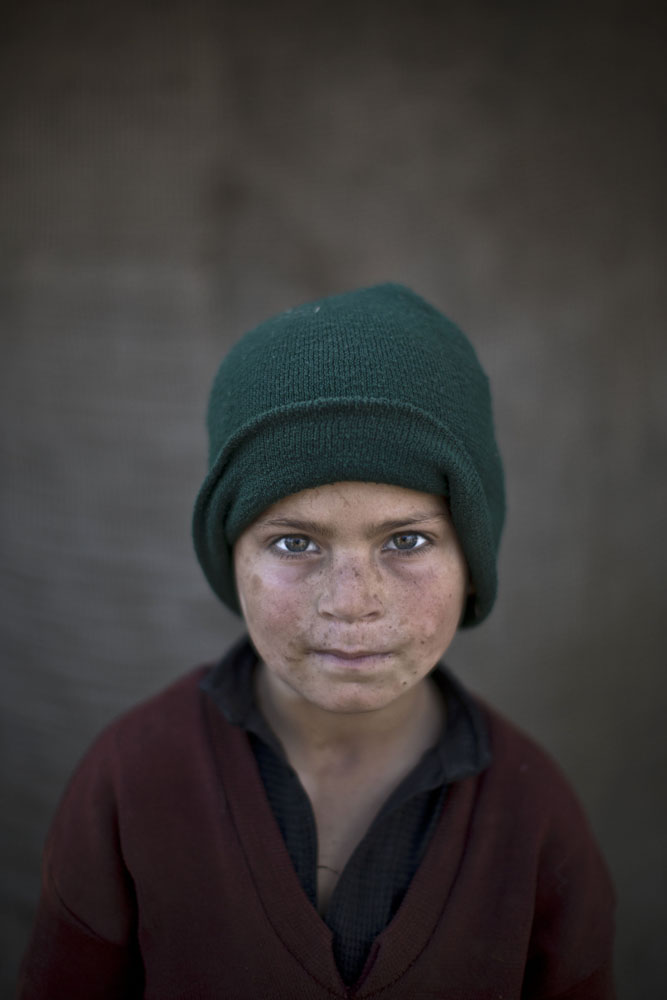
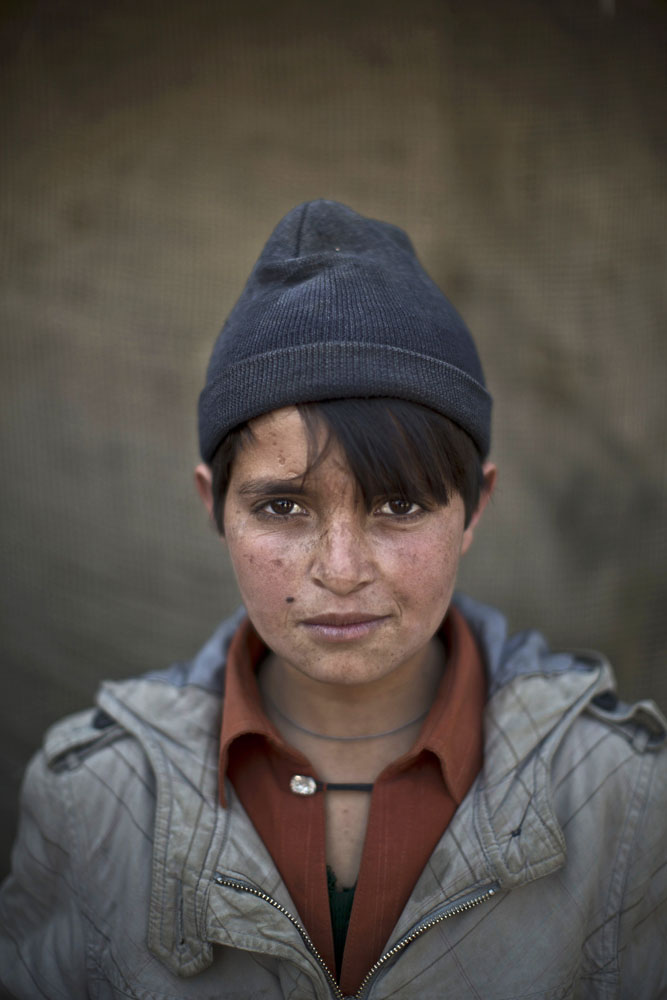

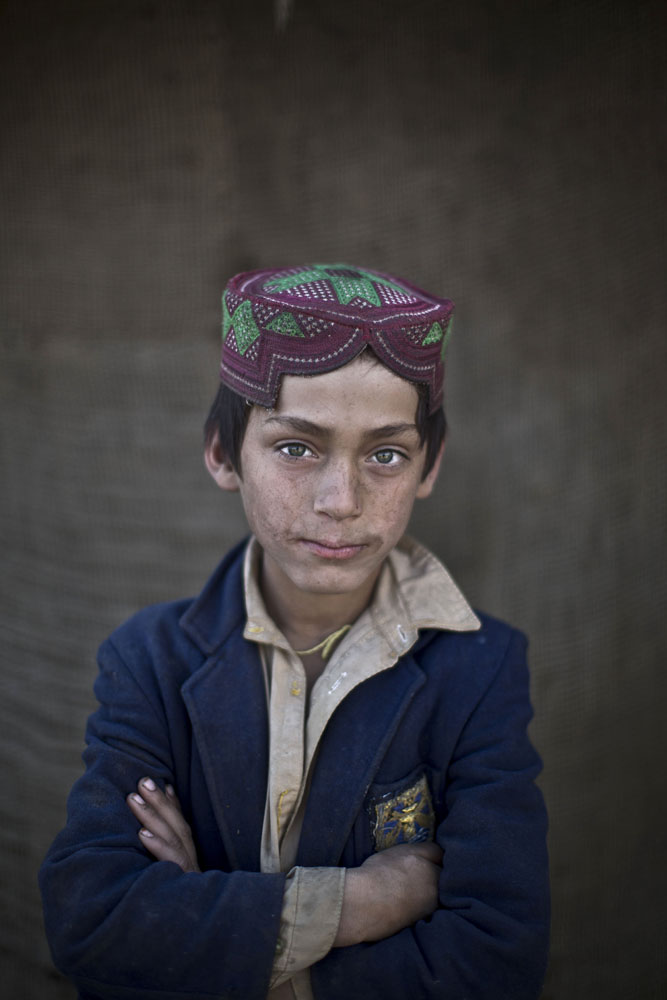
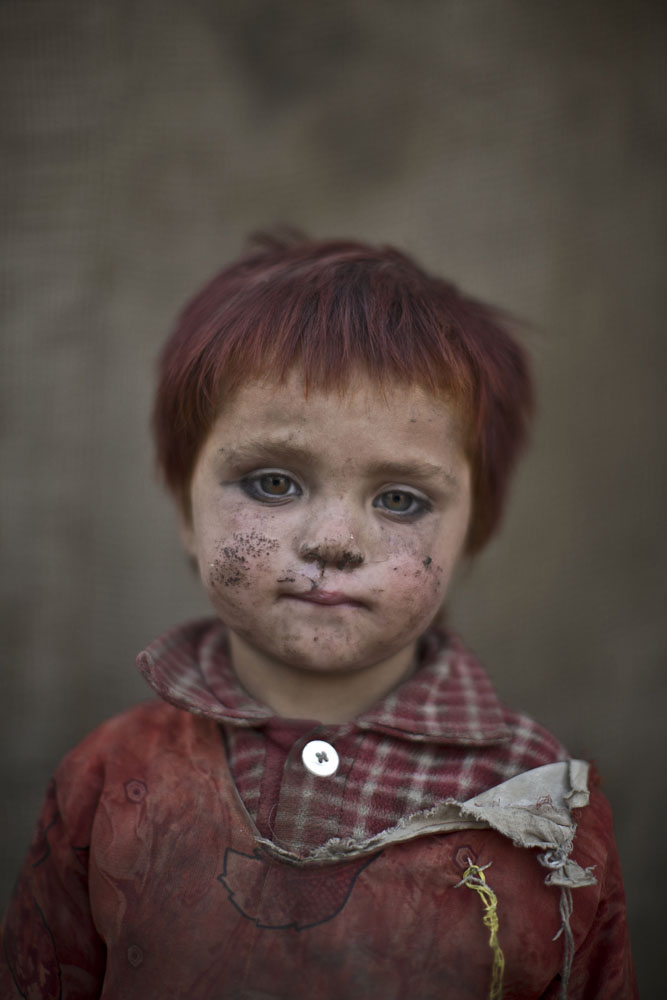
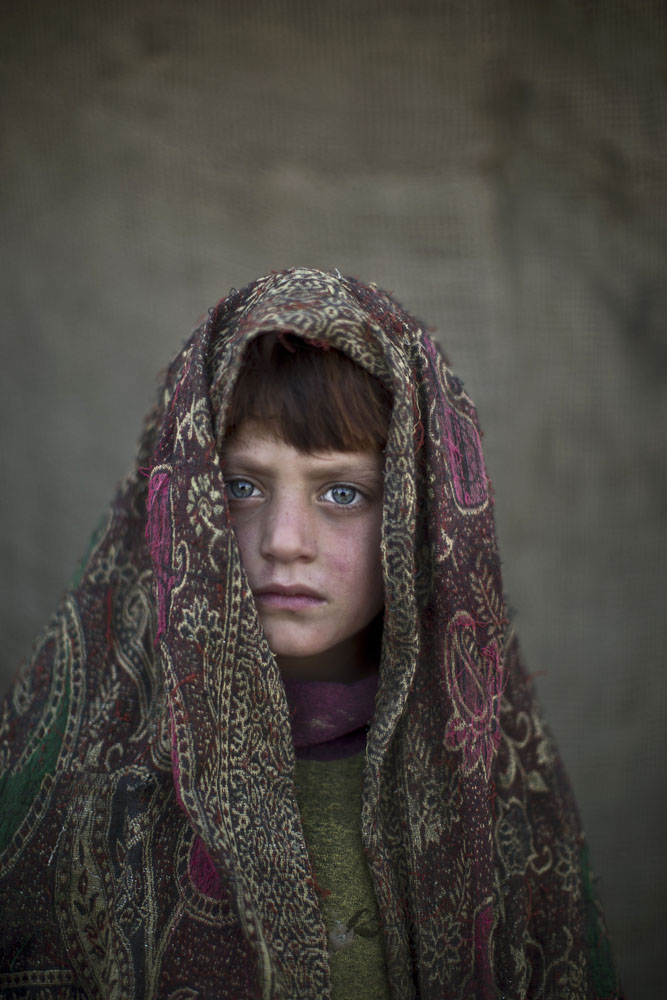
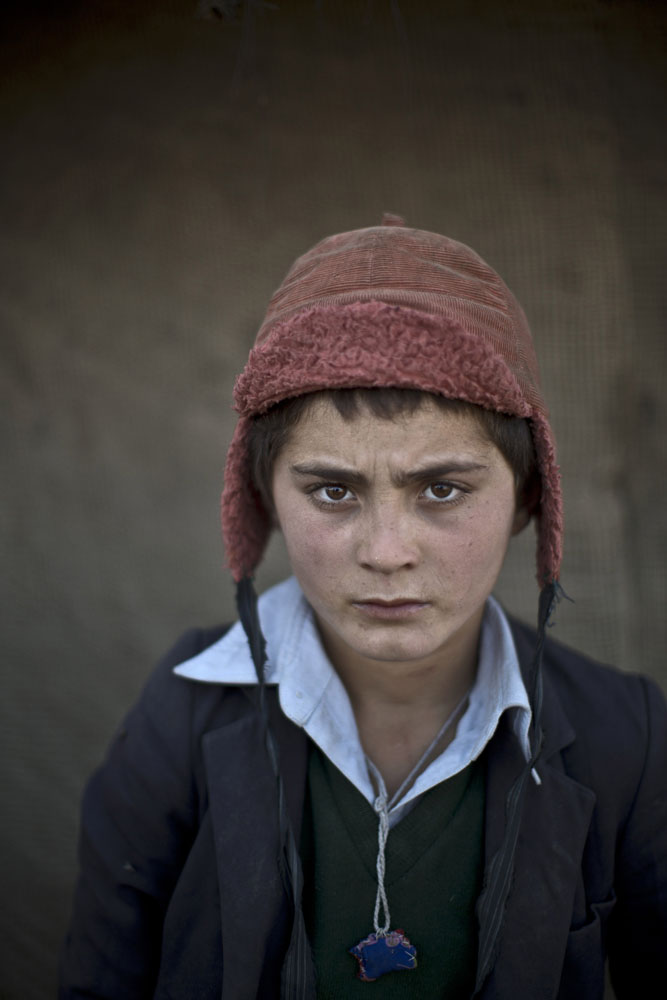
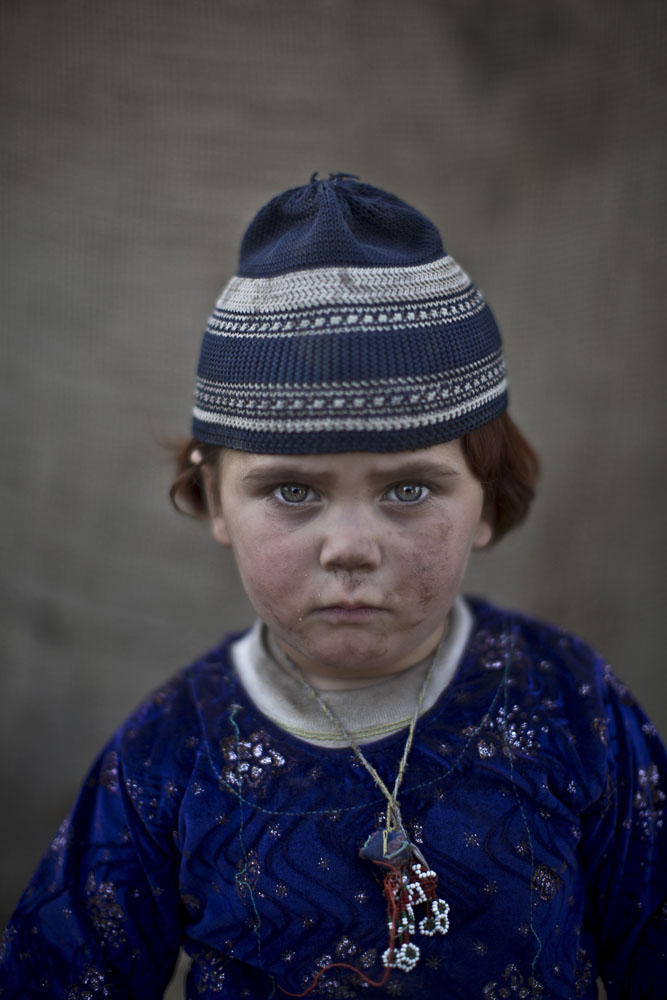

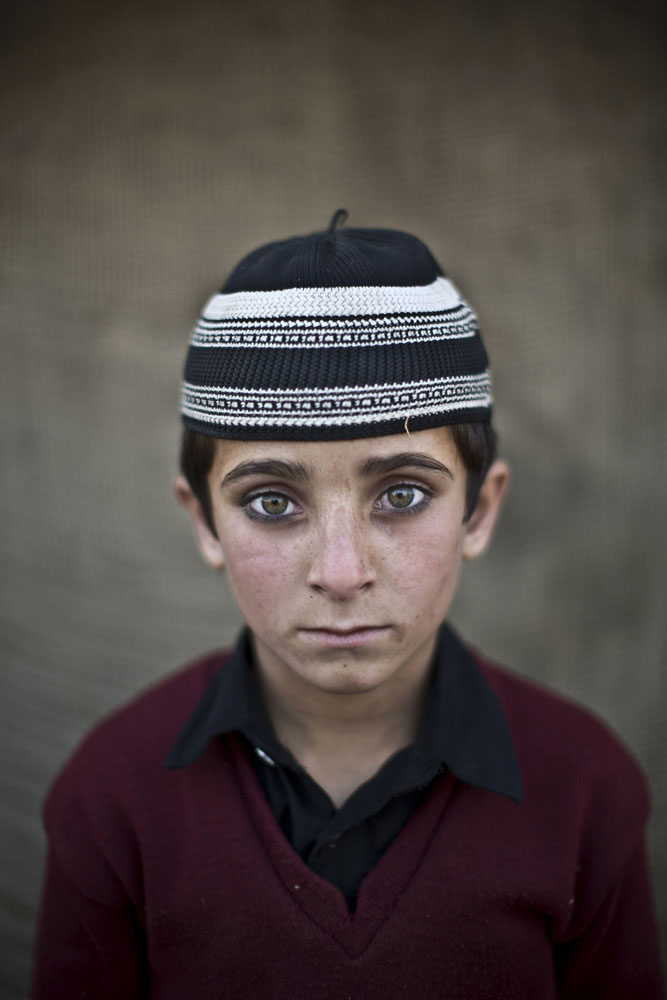

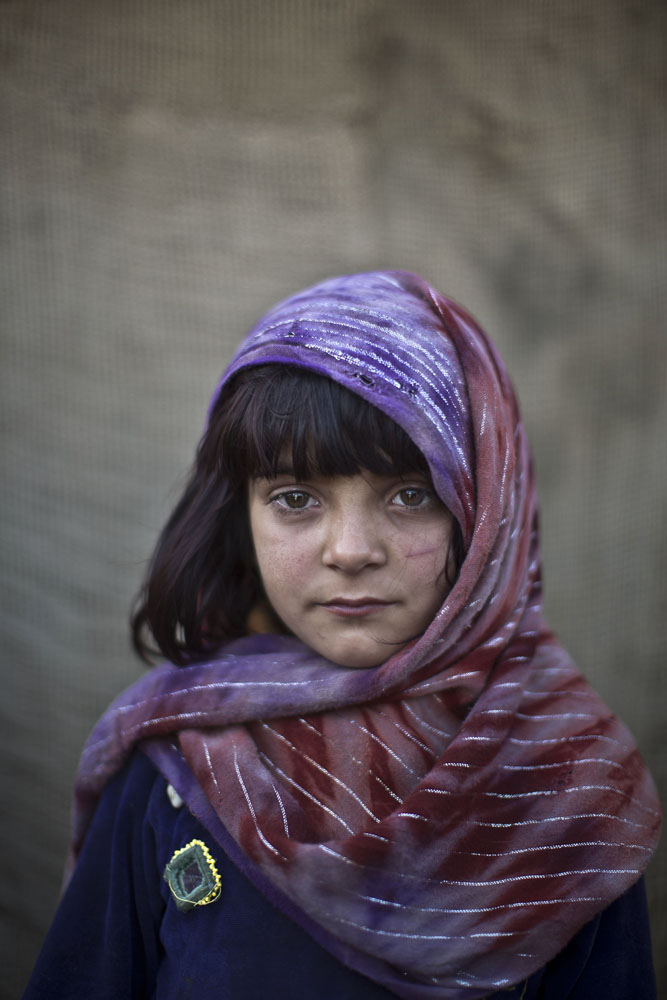
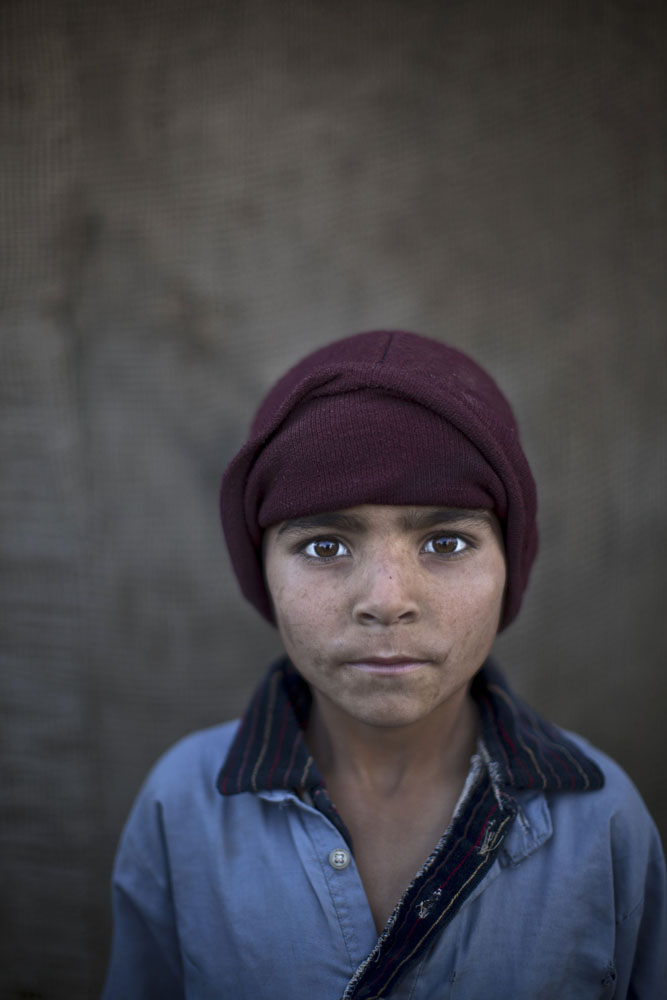
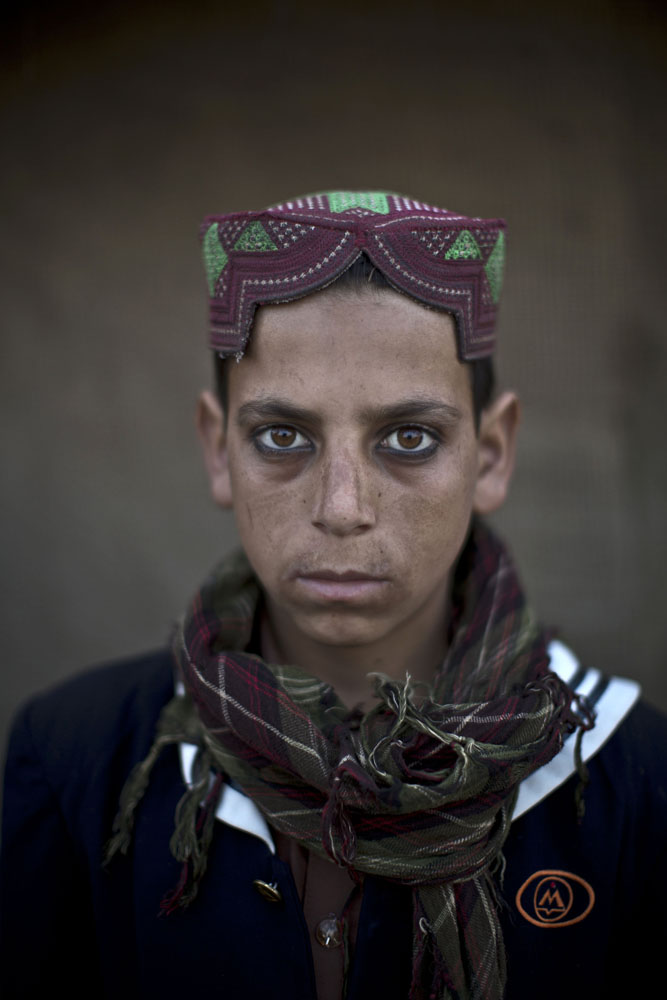
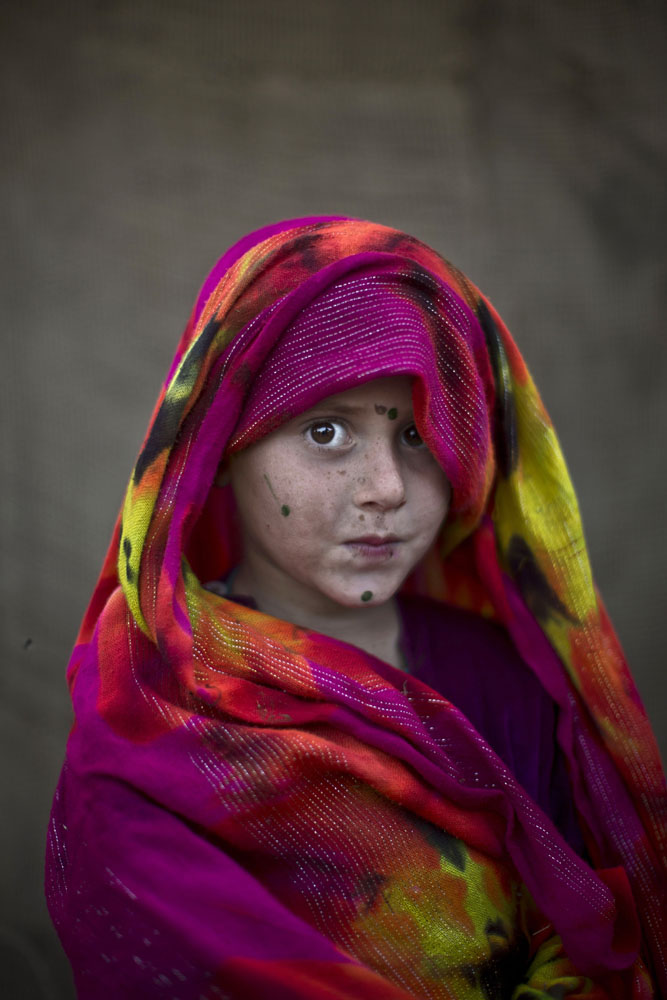
More Must-Reads From TIME
- Dua Lipa Manifested All of This
- Exclusive: Google Workers Revolt Over $1.2 Billion Contract With Israel
- Stop Looking for Your Forever Home
- The Sympathizer Counters 50 Years of Hollywood Vietnam War Narratives
- The Bliss of Seeing the Eclipse From Cleveland
- Hormonal Birth Control Doesn’t Deserve Its Bad Reputation
- The Best TV Shows to Watch on Peacock
- Want Weekly Recs on What to Watch, Read, and More? Sign Up for Worth Your Time
Contact us at letters@time.com